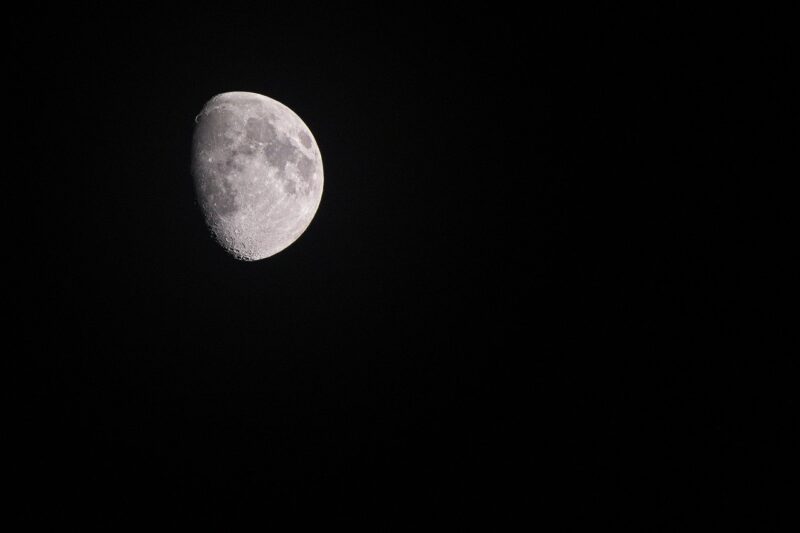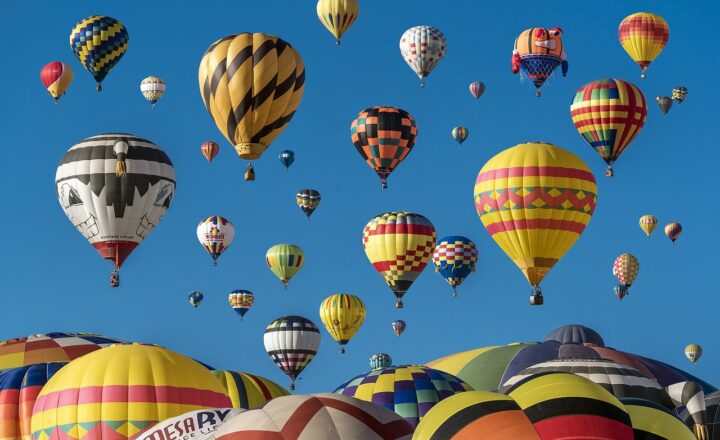The Role of the Moon in Ancient Calendars and Mythologies
November 17, 2024

The moon has captivated humanity for millennia, serving as a beacon in the night sky that guides our dreams and actions. Its ethereal glow not only illuminates our world but also acts as a cosmic clock, marking the passage of time and influencing various aspects of life. This article delves into the profound role of the moon in ancient calendars and mythologies, exploring the significance of lunar cycles across cultures and epochs.
1. The Moon’s Cycles: A Natural Calendar
The moon goes through a predictable series of phases roughly every 29.5 days, cycling through the New Moon, First Quarter, Full Moon, and Last Quarter. Early civilizations observed these changes and began to use the lunar cycle as a means of organizing time, often developing lunar calendars that controlled agricultural cycles, festivals, and religious observances.
Many ancient people aligned their calendars with the moon. For instance, the Hebrew calendar is a lunisolar calendar, combining lunar months with a solar year, reflecting the moon’s prominence in agricultural practices and festivals. Similarly, the Islamic calendar is entirely lunar, with each month beginning when a new crescent moon is sighted.
The Maya also had an intricate relationship with lunar cycles. They tracked the moon’s phase meticulously, evident in the Popol Vuh, their creation myth, demonstrating that the moon’s cycles influenced not only timekeeping but also agricultural activities and ceremonial events.
2. The Moon in Mythologies Around the World
The moon is a prominent figure in various mythologies, often symbolizing femininity, fertility, and cyclical changes. Different cultures have developed rich narratives surrounding the moon that resonate with their agricultural, social, and spiritual lives.
Greek Mythology
In Ancient Greece, the moon personified as the goddess Selene, who rode across the night sky in a chariot. Selene was revered for her beauty and connection to the cycles of nature. Another notable figure is Artemis, the goddess of the hunt, who associated closely with the moon, reinforcing the idea of the lunar connection to nature and femininity.
Norse Mythology
In Norse mythology, Máni is the personification of the moon. Máni travels across the sky, chased by the wolf Hati, who seeks to devour him. This myth reflects the chaotic nature of the cosmos and the inevitability of time’s passage, symbolized by the waning and waxing of the moon.
Chinese Mythology
The Chinese celebrate the moon during the Mid-Autumn Festival, paying homage to Chang’e, the goddess of the moon, who is said to reside on its surface. The legend tells that she became the moon’s inhabitant after consuming an immortality elixir, a story recognized across various cultures in differing forms, emphasizing the moon’s ethereal beauty and connection to life and death.
3. The Moon’s Influence on Agriculture and Society
The moon has historically dictated agricultural practices, with its phases believed to influence planting and harvesting. Many ancient farmers aligned their farming calendars with lunar cycles, planting crops according to favorable moon phases, a practice still followed in modern biodynamic farming.
Cultures like the ancient Egyptians utilized the moon alongside the Nile’s cycles to optimize their agricultural yields, while Native American tribes often communicated lunar planting guides through oral histories. This connection between the moon and agriculture illustrates its critical role in human survival and sustenance.
4. The Moon and Timekeeping
The advent of timekeeping systems owes much to the moon. Ancient civilizations observed the lunar phases, leading to the development of calendars like the Babylonian and Roman calendars, which integrated lunar cycles into their timeframe. The intricate relationship between the moon and timekeeping also parallels advancements in astronomy.
By tracking lunar cycles, astronomers developed early tools for navigation and celestial mechanics. This knowledge was paramount for exploration and trade in ancient times, paving the way for complex societies and networks.
5. The Moon in Arts and Literature
The moon’s mystique has inspired countless works of art and literature across different cultures. Poets, artists, and musicians have sought to capture its beauty and essence, often finding metaphors for romance, melancholy, and the transcendence of time.
The Renaissance period saw an explosion of lunar-themed artworks, with artists like Caspar David Friedrich illustrating nighttime landscapes infused with moonlight. Poetry from figures like John Keats and Percy Bysshe Shelley often elevates the moon as a symbol of unattainable beauty or ethereal love, reflecting its duality in human emotion.
In modern times, the moon continues to permeate artistic expressions and remains a potent symbol within popular culture, illustrating humanity’s enduring fascination with this celestial body.
6. Conclusion: The Timelessness of the Moon
The moon, a sentinel in our night sky, holds an unparalleled significance that transcends mere physical presence. From serving as a fundamental timekeeper for ancient civilizations to inspiring a wealth of mythologies and artistic expressions, its impact on culture, agriculture, and spirituality is profound.
As we gaze at the moon, we connect with our ancestors who looked up and sought meaning in its eternal glow, a reminder of the cycles of life and the connections that bind us across time and space. The moon remains a testament to humanity’s quest for knowledge and understanding in a vast, cosmic ocean.
The exploration of the moon’s role in ancient calendars and mythologies reveals not just our past but also the deep-rooted human need to find order and significance in the universe. As we continue to explore the skies, the moon will remain an indelible part of our collective journey, a symbol of our shared humanity.







